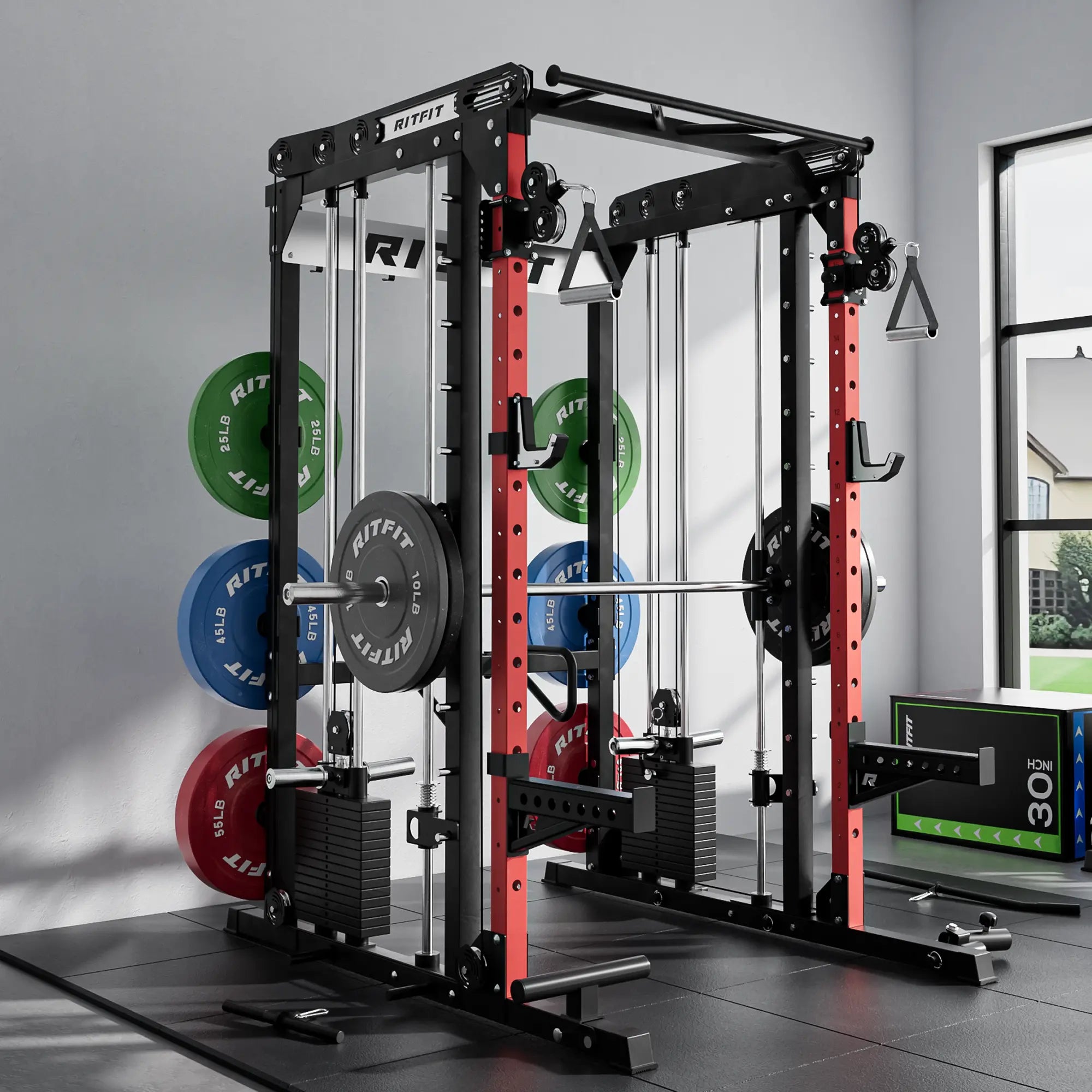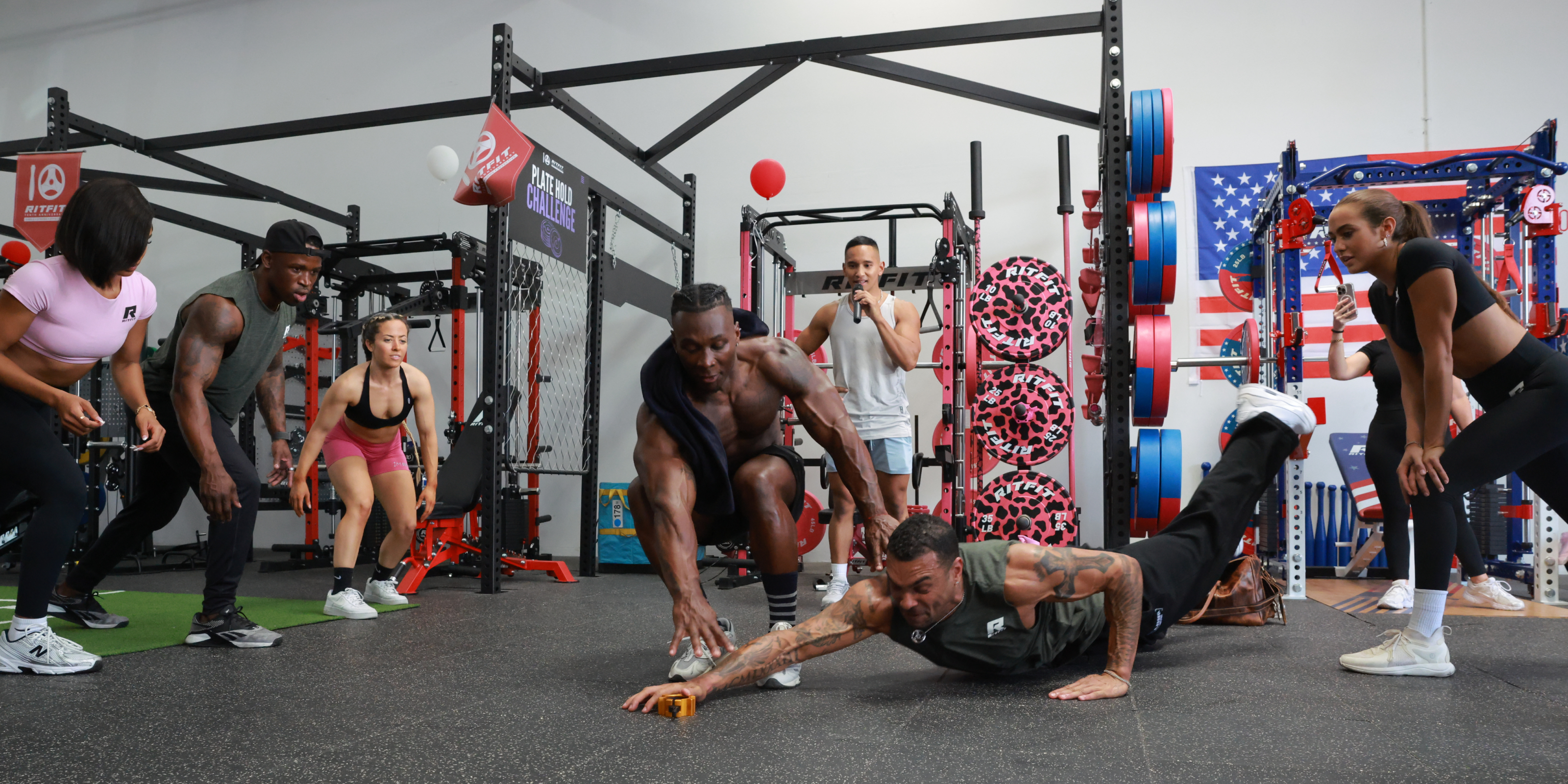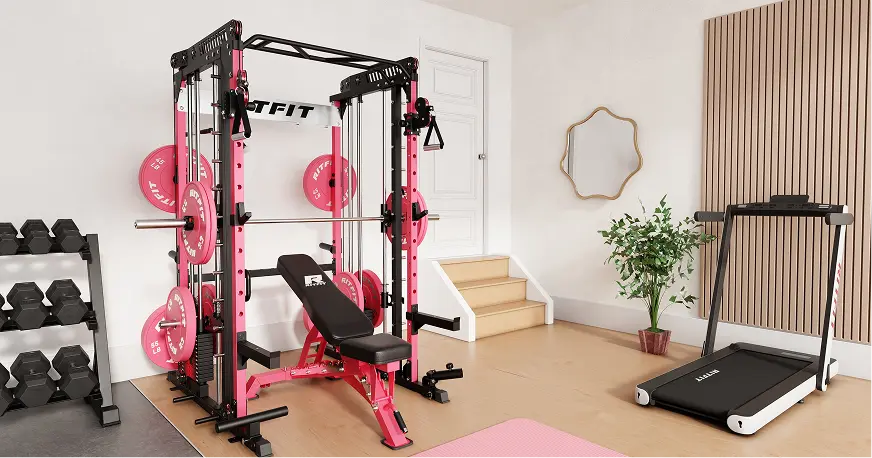Jumping rope (also referred to as rope skipping) is a staple in a boxer's conditioning program. If you are involved in the sport, you can expect to spend some time with the rope. You could walk into any boxing gym in the country and I am willing to bet that you will hear a few familiar sounds. Young fighters will thump away at the heavy bags. Others will create rhythmic sounds on the speed bag. A bell will ring every few minutes, indicating the beginning and end of a new round. Amid these sounds, you can also expect to hear a fast-skipping noise. The skipping noise will come from the spinning motion of several jump ropes. Jumping rope (also referred to as rope skipping) is a staple in a boxer's conditioning program. If you are involved in the sport, you can expect to spend some time with the rope. In addition to the obvious physical benefits, jumping rope is fun. There are always new footwork patterns that you can develop and practice. But wait, it gets better. You can purchase a quality jump rope for $5 or less. In the video clip below, you will see me spinning a rope that I bought for $3.75. You will not find a more effective conditioning tool for less than $5. To top it off, you can easily pack a jump rope with you no matter where you travel. Unfortunately, despite the obvious benefits, most athletes outside of the boxing gym are unfamiliar with jump rope training. Many strength and conditioning coaches have replaced the jump rope with more elaborate and expensive training tools. I have seen entire seminars dedicated to footwork and agility. Coaches charge hundreds of dollars to teach many techniques which could instead be developed with a $5 rope. The jump rope is a tried and true method for improving conditioning and coordination. If you have never jumped rope before, you can expect a challenge. The rope can be frustrating to a beginner. You will not become proficient with the rope overnight. It takes time and practice. It has been said before that practice is the mother of all skills. These words definitely apply to jump rope training. Many athletes attempt the rope, get frustrated and quickly find alternative conditioning tools. Do not allow your frustration to interfere with your development as an athlete. Getting Started First, you need to purchase a quality rope. I recommend a light weight plastic speed rope. In my opinion, these ropes are more effective than heavier leather ropes and weighted ropes. The speed rope will allow you to maintain a much faster spinning pace. You can find a quality rope at most sporting good stores or through any boxing equipment supplier. After locating a rope, you must determine the ideal length. Common rope lengths range from 8-to-10 feet. Most ropes that you find on store shelves will be 9 feet. A 9-foot rope will be long enough for most athletes who are 6 feet tall or shorter. Athletes over 6 feet tall may require a 10-foot rope. Typically, you may need to adjust your rope. I often snip 2 or 3 inches off a 9-foot rope to increase its speed (per my height). One way to determine the ideal length is to step one foot in the middle of the rope. The handles should reach up to approximately armpit height. You may get lucky and not require any adjustments to the rope. We all have unique body types however, so you must determine the ideal length for your rope. I simply caution you against trimming too much from the rope. After you cut the rope, you cannot go back and fix it. Trim one inch at a time and test each length. Lastly, I recommend hanging your rope from a hook when you are finished using it. This will prevent the rope from becoming tangled. If you jumble the rope in your gym bag, it may develop kinks which will impede spinning speed. Jumping Surface After you find a good rope, you need to find a place to use it. I recommend jumping rope on a shock absorbent surface such as a wood floor, gym mat, outdoor track or tennis court. If you train at a boxing gym, you may wish to jump rope inside the ring. The ring surface is forgiving to the ankles and feet. You can also purchase an interlocking foam mat that lies on top of your floor surface. These mats are useful if your gym has a concrete floor. The interlocking foam forms a temporary jumping surface. Try to avoid jumping rope on unforgiving surfaces such as concrete flooring. In addition to a shock absorbing surface, you should wear a quality pair or cross-training shoes when skipping rope. I do not recommend wearing your boxing or wrestling shoes when jumping rope. Such shoes do not provide much cushion for the feet. Stick with quality cross-trainers when using the rope. Skill First, Then Conditioning When first jumping rope, it is important that you become proficient with the rope before using it as a conditioning tool. If you have never jumped rope before, you can expect some initial frustration. You must first view your rope sessions as skill workouts. You need to develop skill with the rope, and then add it to your conditioning arsenal. If you try to use the rope for conditioning before developing skill with the rope, you are setting yourself up for failure and frustration. Start with frequent, yet short jump-rope sessions. For example, start with 20-second intervals on the rope. Just try to skip for 20 seconds without tripping on the rope. Keep the intervals brief, and stop before fatigue mounts. View these sessions as skill-based workouts. You are learning a new skill (rope skipping). The body is much more capable of learning when it is fresh, not fatigued. Perform these skill emphasis sessions regularly. Frequent practice is recommended. Eventually, you will move past 20 seconds, and begin working with 1, 2, and 3-minute rounds. Many boxers will skip rope for several rounds during each training session. 30-to-60 seconds of rest will separate each round. For example: ■6 x 3 minutes jump rope ■Rest 60 seconds between rounds Rope Skipping Styles Jumping rope is as challenging as you make it. There are endless jumping patterns and styles. I've heard some trainers describe the jump rope as boring. Anyone who describes the rope as boring does not know how to jump rope. There is always a new skill that you can learn to keep the conditioning session enjoyable and challenging. Running in place with the rope is one of the easiest rope skipping patterns to learn. You will remain stationary, lifting the knees high with each turn of the rope. You will essentially be running in place with high knees, with the addition of a fast spinning rope. This style of rope work is easy to learn, and excellent for conditioning. Double unders are another popular skipping pattern. To perform a double under, you will make two turns of the rope for every one jump. Keep the feet together, jumping with both feet at the same time. This style of skipping is more difficult to learn. Do not attempt double unders until you become proficient with the running in place variation. Eventually, you can begin performing one or two double unders, at the conclusion of a running in place sequence. For example, spin the rope 10 times while running in place, and then finish with 1 or 2 double unders. Stop and repeat this sequence several times. The next step is to perform a double under without losing control of the rope. Rather than stopping after the double under, you will continue by transitioning back to running in place with the rope (without stopping). In time, you will develop the ability to perform several consecutive double unders. To add to the coordination requirements of rope skipping, you can begin working with criss-cross patterns. You can perform a criss-cross while performing double unders or with the traditional running in place style of rope work. To perform a criss-cross, you will cross the arms at the elbows on the downward swing of the rope. Jump through the loop of the rope that is formed in front of your body. Uncross the arms on the next downward swing. Continue to criss-cross the rope in this alternating fashion. The criss-cross offers one way to interrupt the monotony of continuous rope skipping. You can integrate a criss-cross to spice up the rope session. You will eventually develop the skill to quickly integrate criss-crosses with high-speed rope turning. These jump rope styles are just three of countless variations. I encourage you to develop new jumping styles (ex. one leg double unders). Continue to challenge yourself with new rope skipping patterns. Do not limit yourself to the same style of rope work (ex. running in place). Mix it up to promote improvements in coordination and agility. One way to incorporate variety is by traveling frontward, backward, and side-to-side. For example, run in place with the rope while traveling around the perimeter of a square. Move forward, sideways (right), backward and then sideways (left), ending back at the starting point. By incorporating frontward, backward, and lateral movement, you will improve footwork and agility, while simultaneously improving endurance. Jump Rope Workouts There are several options for jump rope workouts. The most obvious choice is to train with the rope for timed rounds. For example, many boxers will train with 2 or 3-minute rounds. During the round, they will alternate between faster-paced work (ex. double unders) and less-intense skipping (ex. jogging or running in place with the rope). This style of rope work will mimic the physical demands of an actual boxing round. Each round contains intense moments (ex. throwing punches) followed by lulls in activity (ex. circling the ring). You can use the rope to replicate these physical demands. With regular practice, you will be able to maintain a fast pace throughout the round. Another option is to perform full speed intervals with the rope. For example, you will spin the rope as fast as possible for 60 seconds. Stick with a full speed run in place style of spinning or double unders. There should be no lulls in activity. Maintain a full speed effort. You can then rest 20-to-60 seconds between intervals. The amount of rest will depend largely on your level of conditioning and proficiency with the rope. Strive to improve your work rate per round, while decreasing the rest required between intervals. A sample workout could consist of 6 x 1-minute intervals, each separated by 30 seconds of rest. Another option is to use the rope as part of a circuit training routine. You can mix and match rope work with several bodyweight exercises to develop a brief, yet intense conditioning routine. One routine could include the following: ■100 Rope Turns ■10 Burpees ■10 Pushups ■10 Bodyweight Squats Repeat the circuit 10 times. For this circuit, you will work through these 4 exercises as fast as possible. Your goal is complete 10 circuits, resting only when necessary. Advanced athletes will be able to work through the entire routine without stopping. Another option is to combine circuit work with timed rounds. For example, perform the following sequence as many times as possible during a 2 or 3-minute round: ■50 Double Unders ■5 Burpees Perform 4 rounds, resting 1 minute between rounds. Jump rope training can also be performed as a finisher. Simply close the workout with a 5 or 10-minute round. Work to maintain a fast pace throughout the extended interval. The use of an intense finishing movement will ensure the workout was of adequate intensity. In addition to building endurance, the finisher will enhance mental toughness. You will be forced to 'finish' with one last display of endurance and agility. Many finishers such as a heavy sandbag carry do not require agility and coordination. The jump rope is different. It is not enough to display endurance. You must also remain cognizant of tripping over the rope. A skill-based finisher has obvious benefits. Consider an athlete who must fight hard during one final round. It is not enough to plunge forward without skill. The athlete must display skill despite the unbearable fatigue. The jump rope is just one of many ways to train this ability. Conclusion The jump rope reigns among the pound-for-pound champions when it comes to a training tool that provides a quality workout without breaking the bank account. For $5, you can buy a rope that will enhance numerous physical qualities. There is no reason to neglect such a valuable training tool. I highly recommend the addition of a jump rope to your weekly training program. You can work with the rope several days per week. [embed]https://www.ritfitness.com/shop/speed-jump-rope/[/embed]
READ MORE ARTICLES
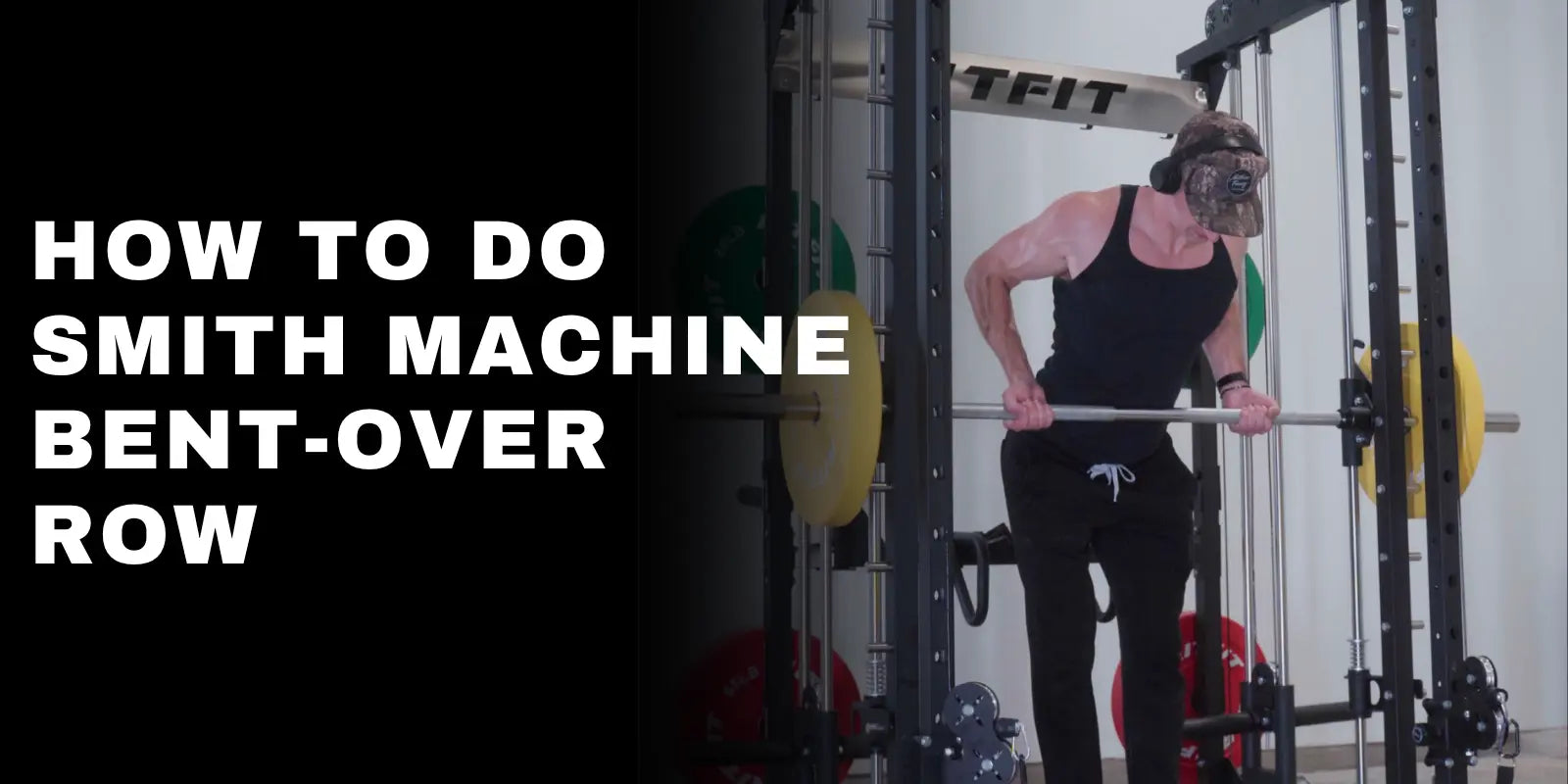
How to Do the Smith Machine Bent-Over Row
The Smith Machine bent-over row is more than just a back exercise—it’s a powerhouse move for building strength, control, and definition. This guide breaks down everything you need to know, from ben...

How To Do Smith Machine Romanian Deadlift
Learn how to perform the Smith Machine Romanian Deadlift to build stronger hamstrings, glutes, and lower back. Improve form, reduce injury risk, and boost gains.
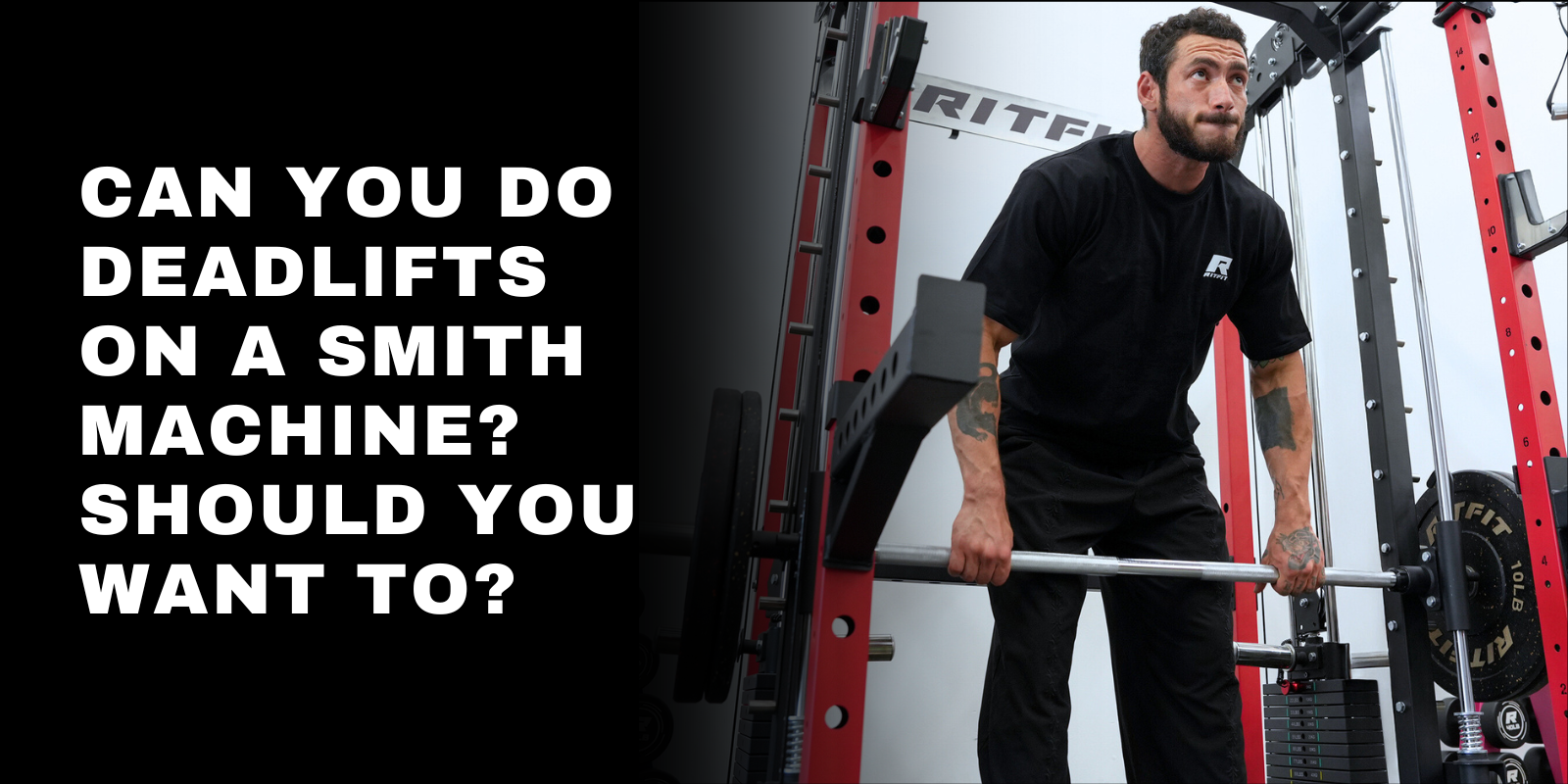
Can You Do Deadlifts on a Smith Machine? Should You Want to Deadlift on a Smith Machine?
Find out if you can and should do deadlifts on a Smith Machine. Discover muscle activation, benefits, technique tips, and how Smith deadlifts differ from barbell deadlifts.



